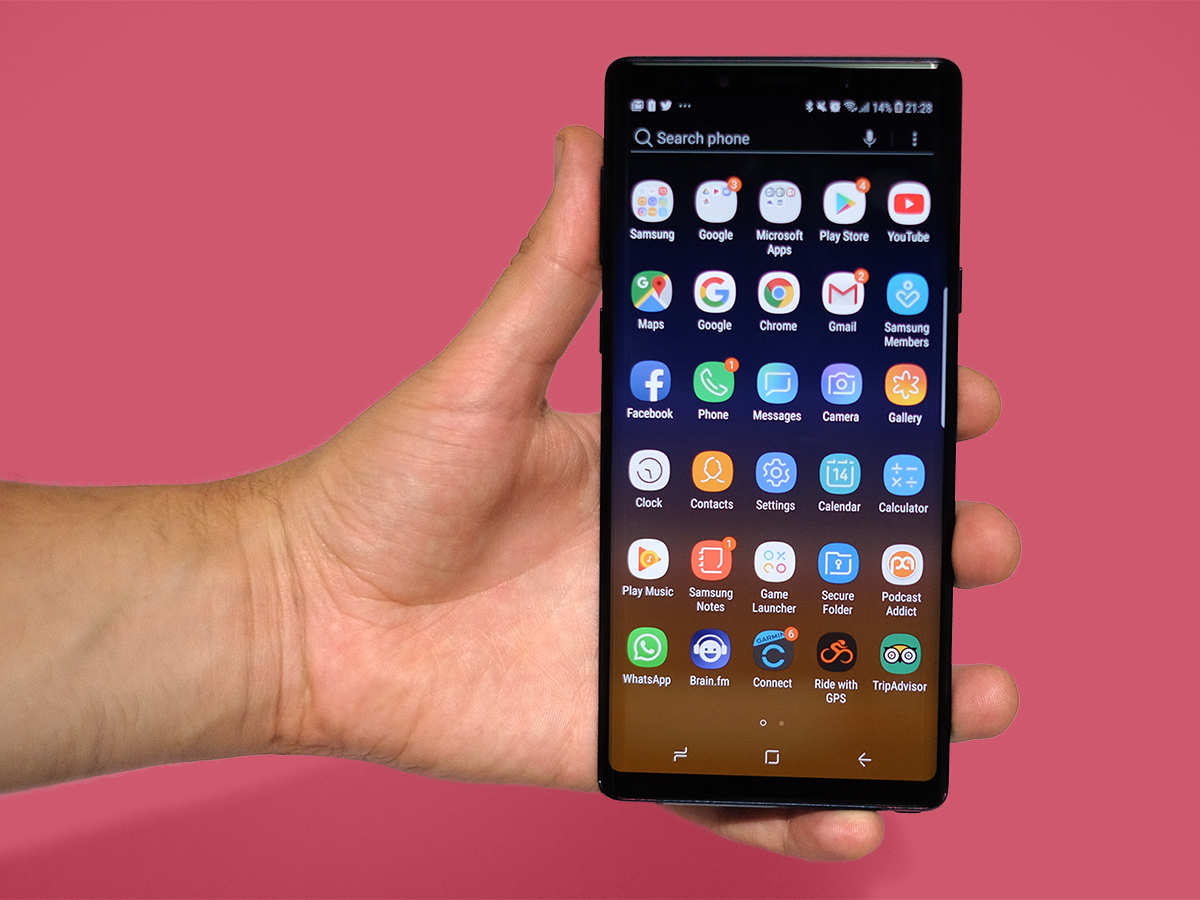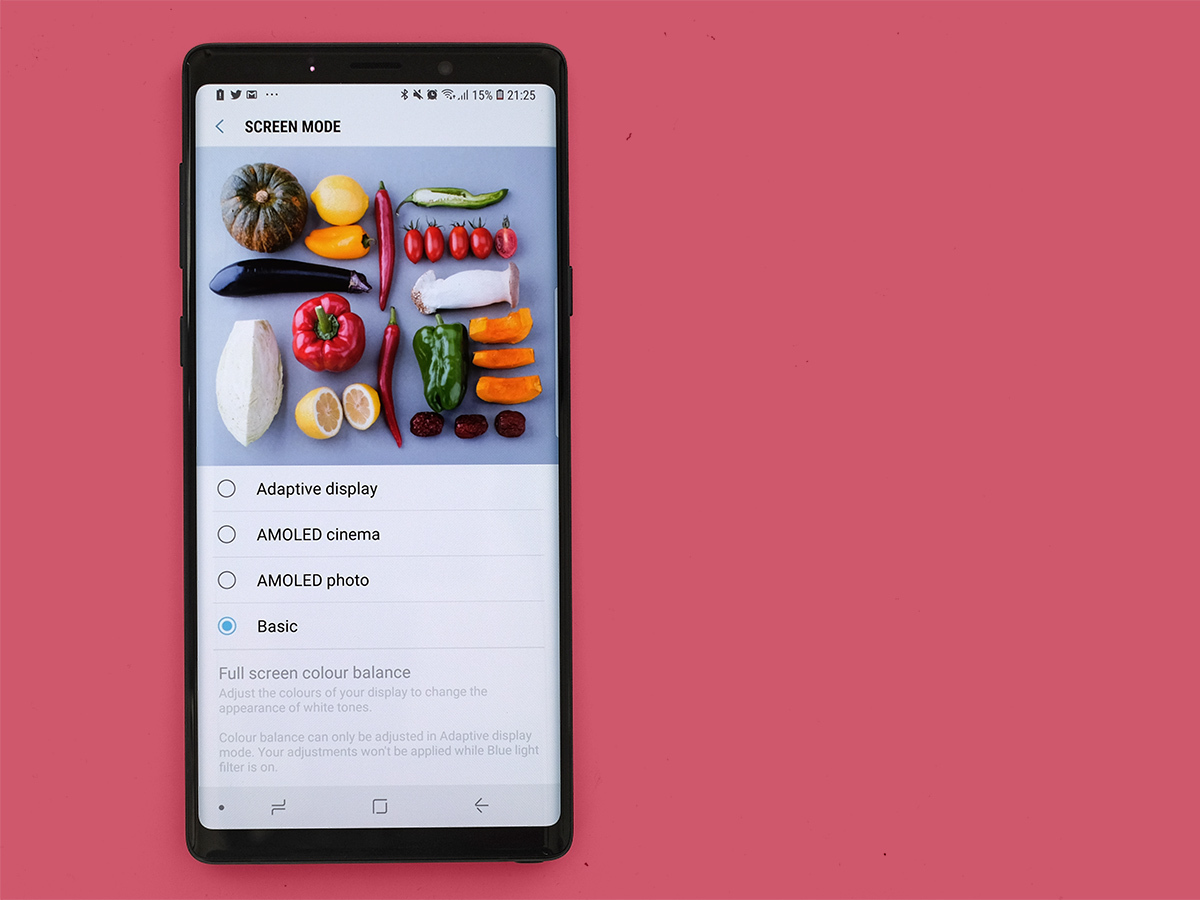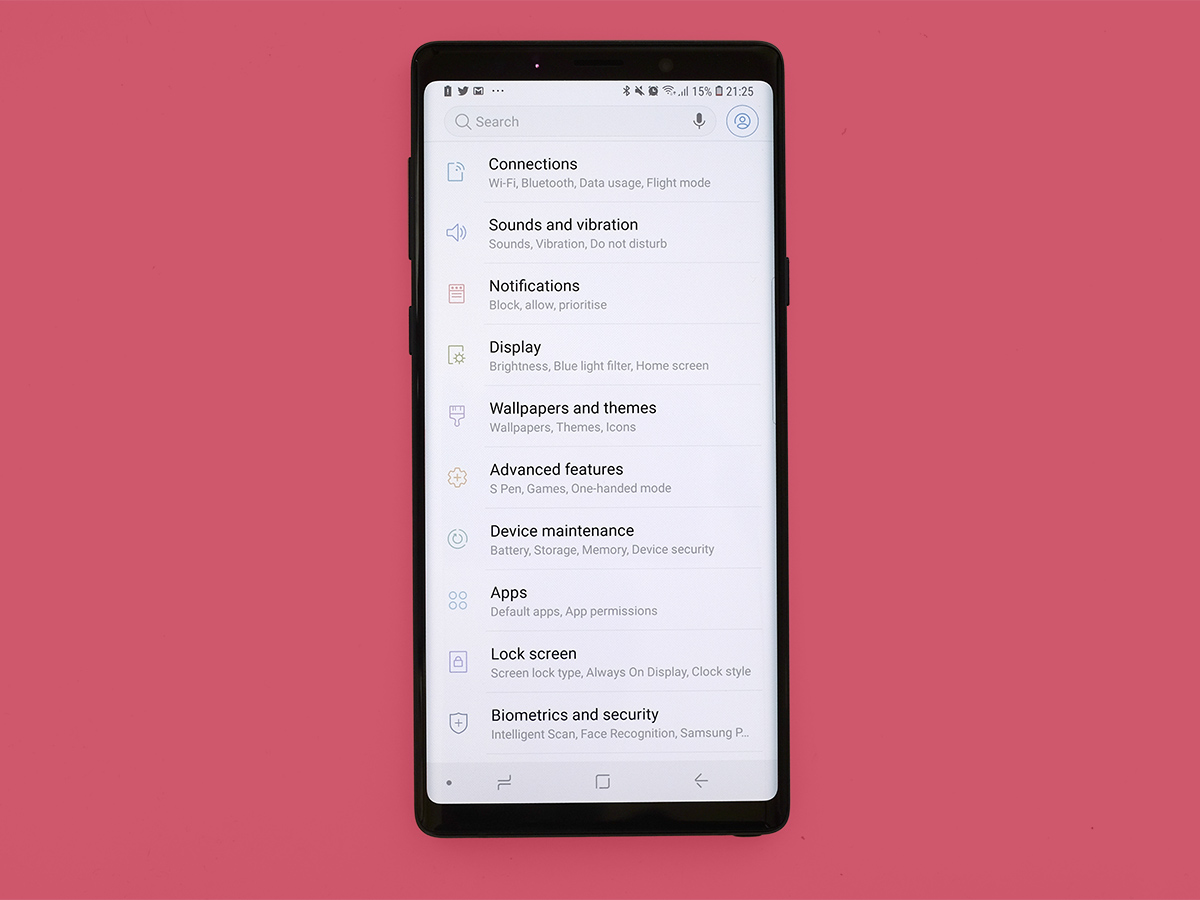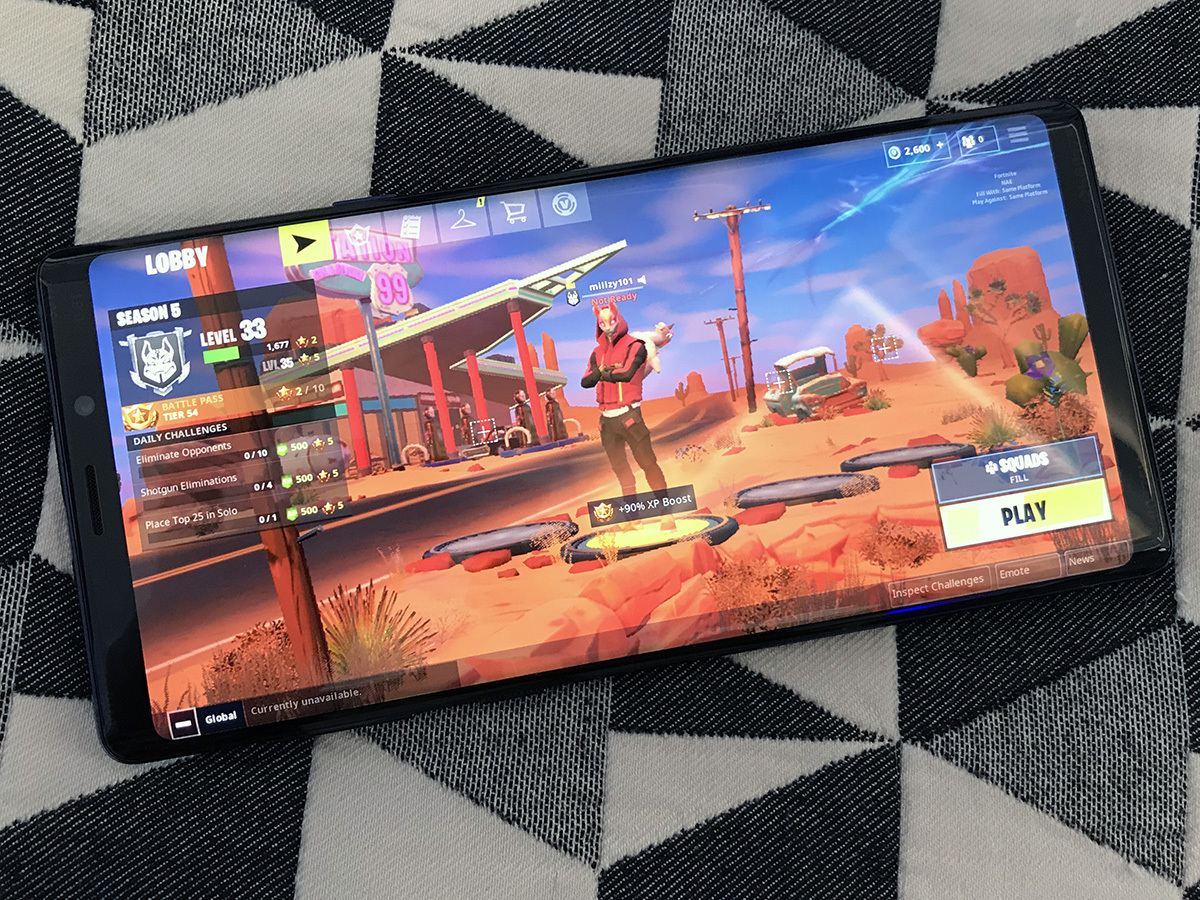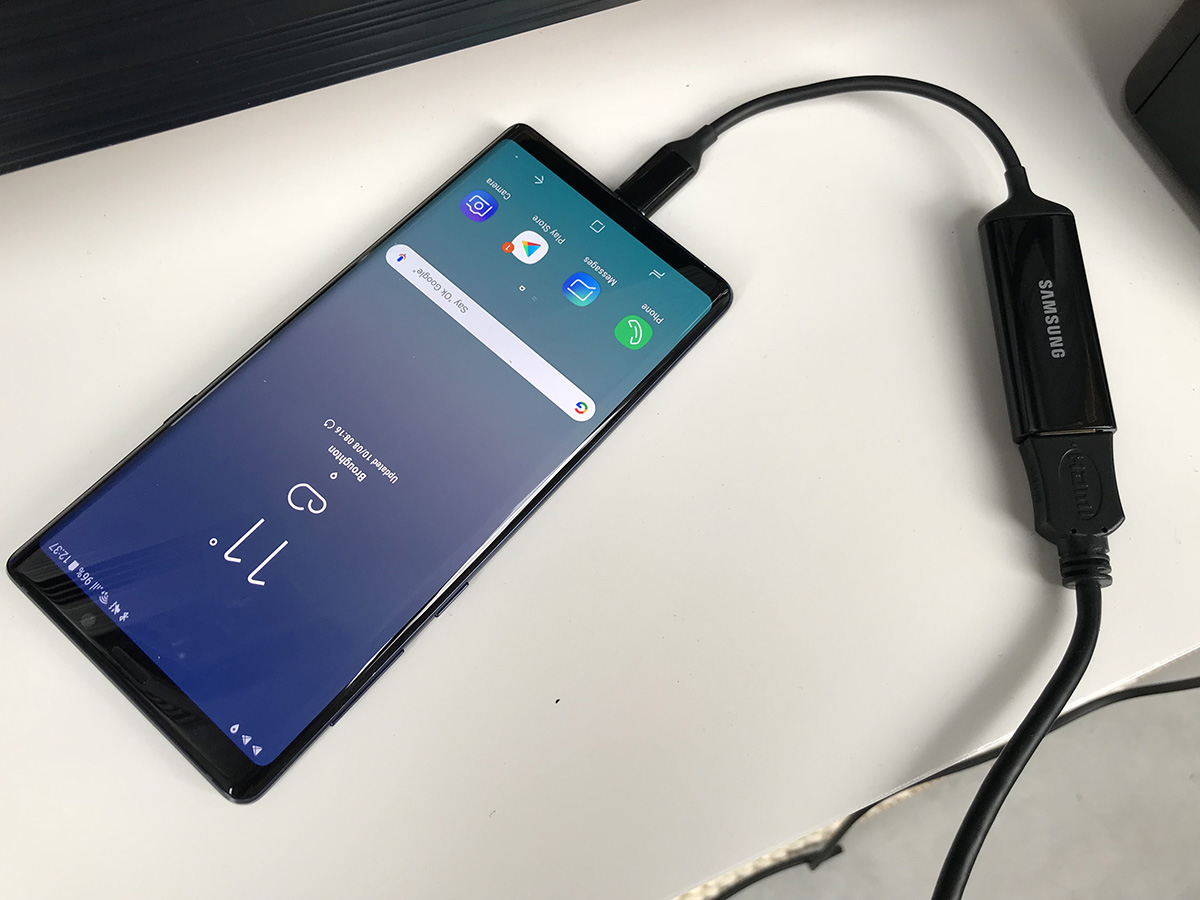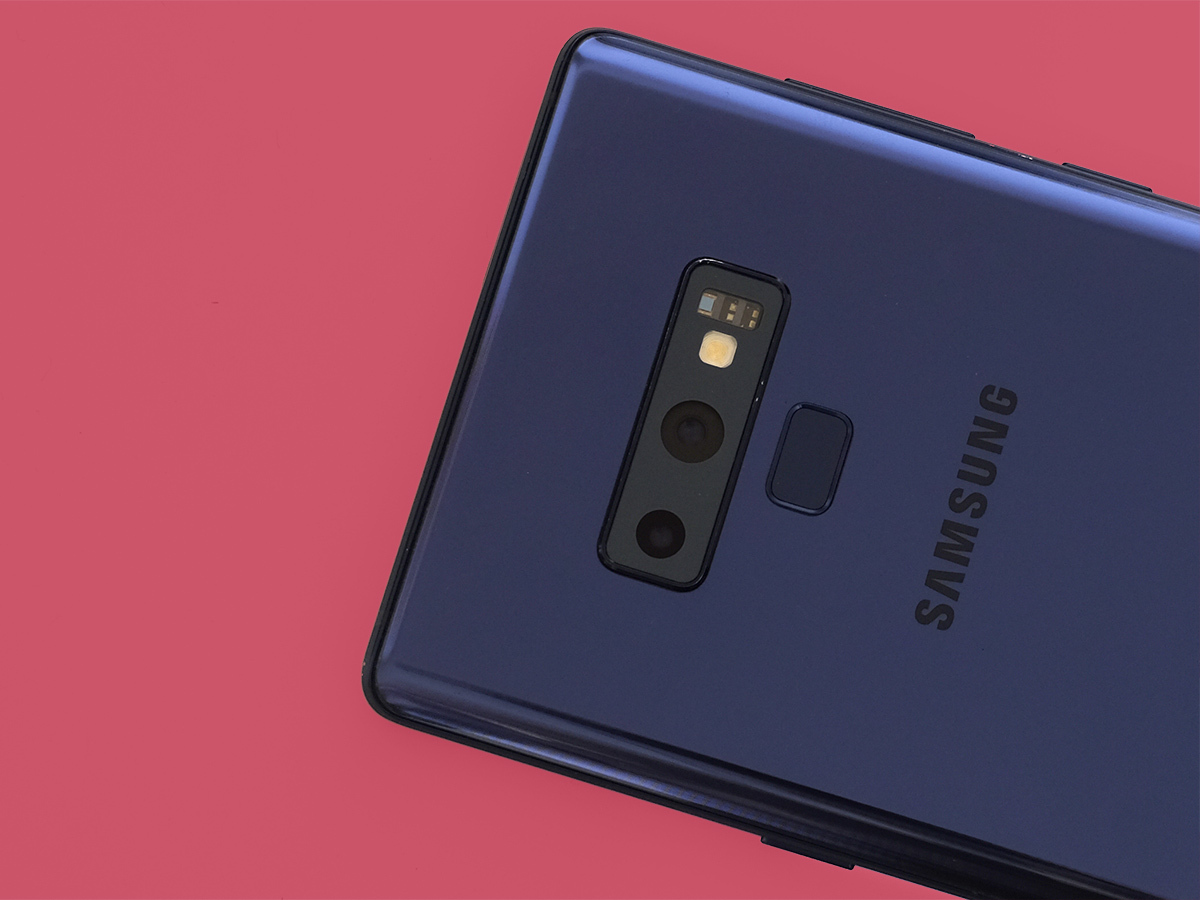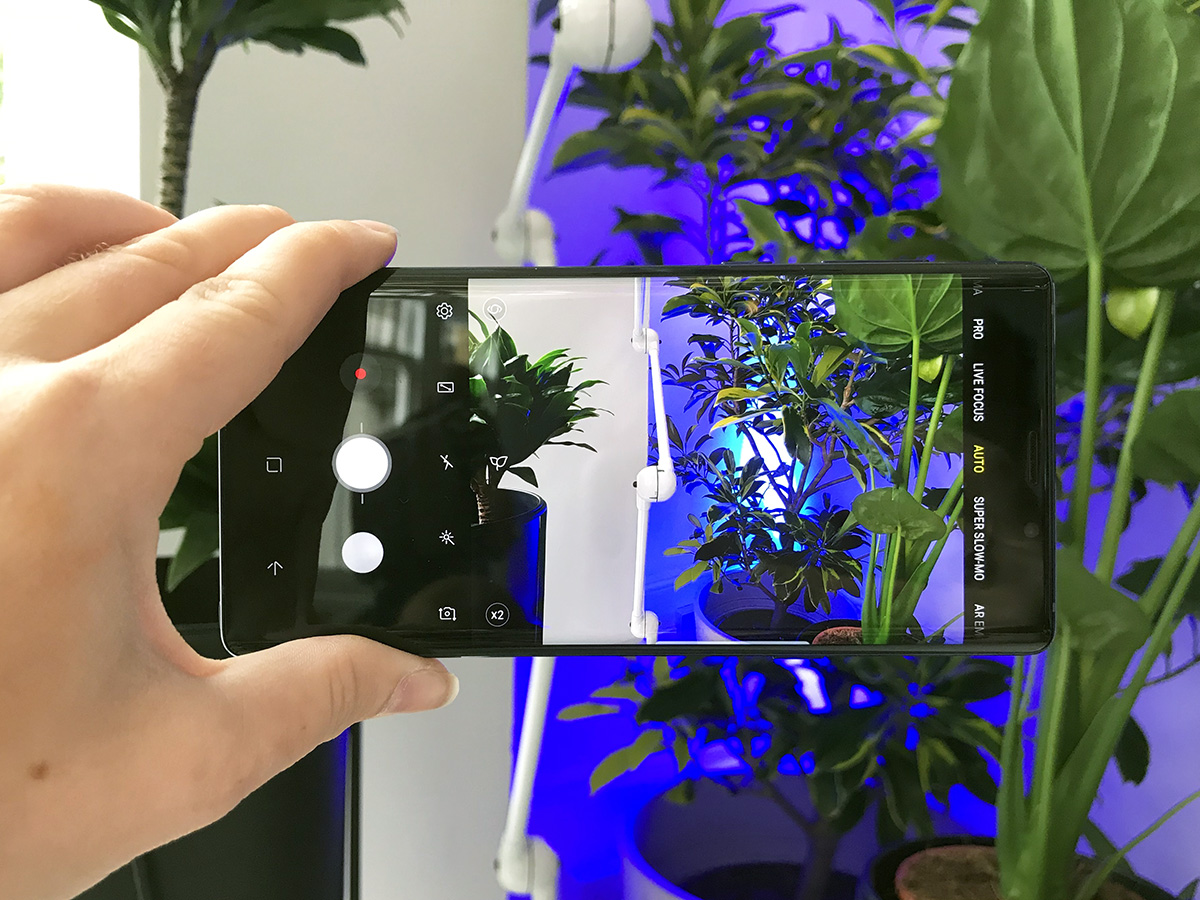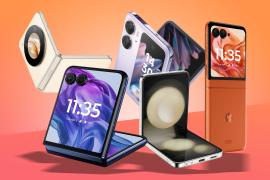Samsung Galaxy Note 9 review
Bigger, bolder smarter - and now with a Bluetooth-packing S-Pen
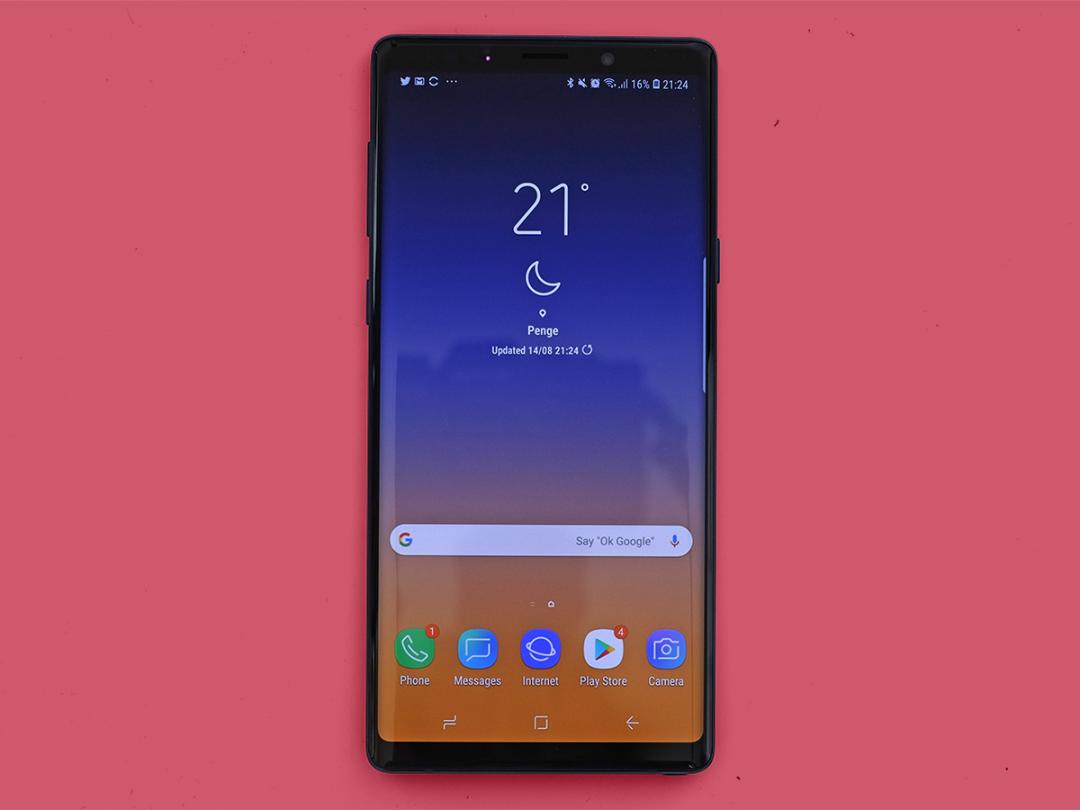
There are very few tech products that cause enough fuss to inspire their own niche in the market.
But if you ever cringed at the word phablet as much as we did, you’ll know that the Note series did just that when it dared to suggest a 5.3in screen might be a worthwhile consideration in 2011.
As it turns out, Samsung was actually on to something, and aside from that rather explosive hiccup in 2016, the Note series has gone from strength to strength ever since.
Now, the big-screen hero is back, and it’s bringing some sizeable boasts with it. That is, the biggest ever Note screen, biggest ever Note battery and up to 1TB of storage, not to mention a Bluetooth-packing S-Pen.
The short story? It’s good at everything. The slightly longer story? We’d still like it to do more, particularly when it comes to battery life. But Note fans will love it all the same, and the new S-Pen is no small part of its charm.
READ MORE: Samsung Galaxy S9: the best deals
Design: on the same Note
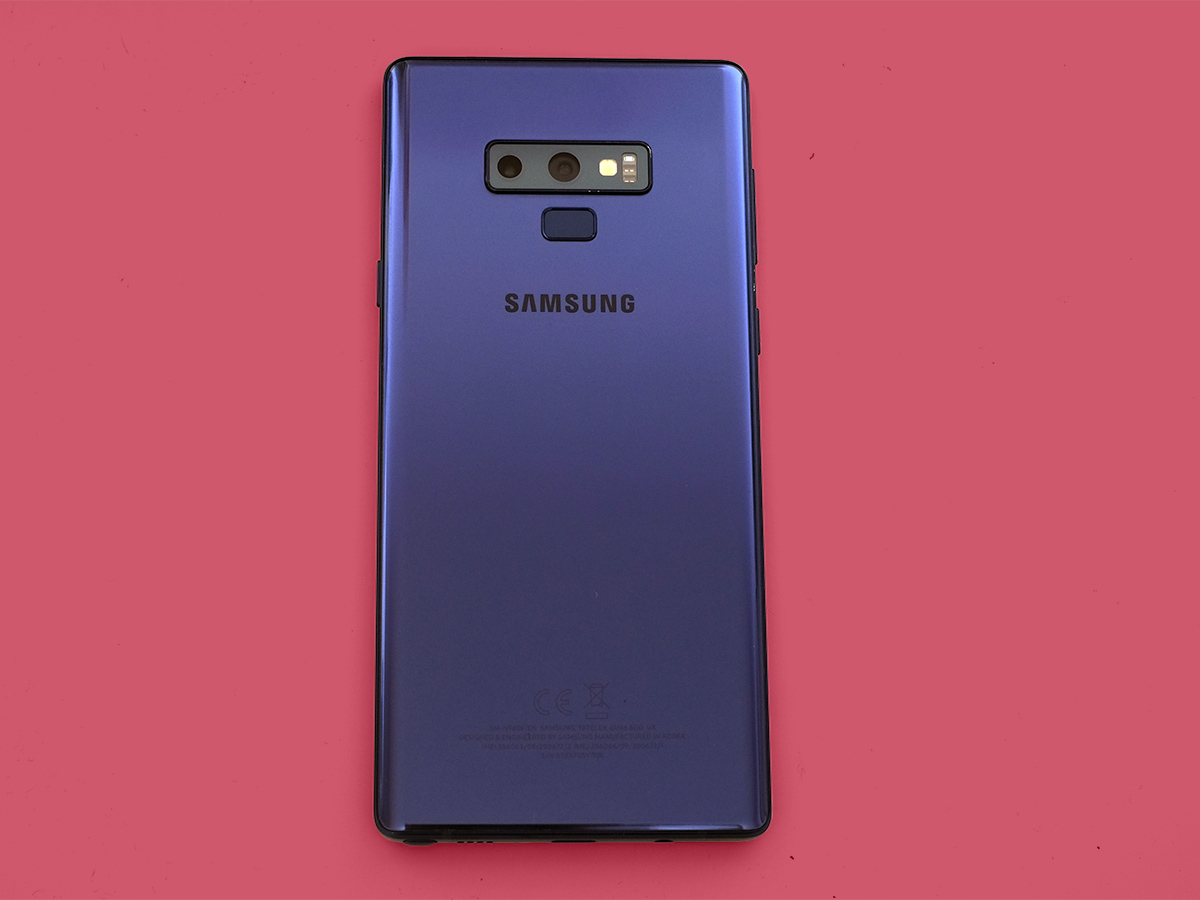
If you don’t want to be disappointed by the Note 9’s looks, the best policy is not to look at the Note 8. Own one? You’re stuffed.
The Note 9 looks a lot like its predecessor. So much so, you could easily think they’re the same phone. Eagle eyes will spot the fingerprint scanner on the back is in a better position now and that this new phone is fractionally larger. But this is a zero-drama design.
That’s because Samsung seems to think a lot of current design fads are junk. Screen notches? Pah! Killing the headphone jack? Are you mad?
In fact, the most notable bits to the Note 9 design, outside of the S-Pen, are the parts every other recent Galaxy has. That means a screen that curves around at the sides, and an 18.5:9 screen ratio letting Samsung fit more screen inches into a smaller phone.
The rear glass is curved too, and there’s aluminium sandwiched between the two glassy, curvy sides. These side parts are less shiny than the Note 8, which makes it look a touch classier, but it ain’t progress. It’s just different.
You can pick up the Note 9 comes in a choice of four colours – midnight black, ocean blue, lavender purple and metallic copper – and for the first time, the S-Pen carpets match the Note 9’s drapes, with matching colours for the phone’s stylus.
Well, all except one. The ocean blue variation is the rebel of the group, with a striking yellow S-Pen instead.
As usual, the S-Pen is tucked away out of sight at the bottom right of the phone when not in use, with a gentle click at any time popping it out to do your stylus-based bidding
S-Pen: Note-able improvement
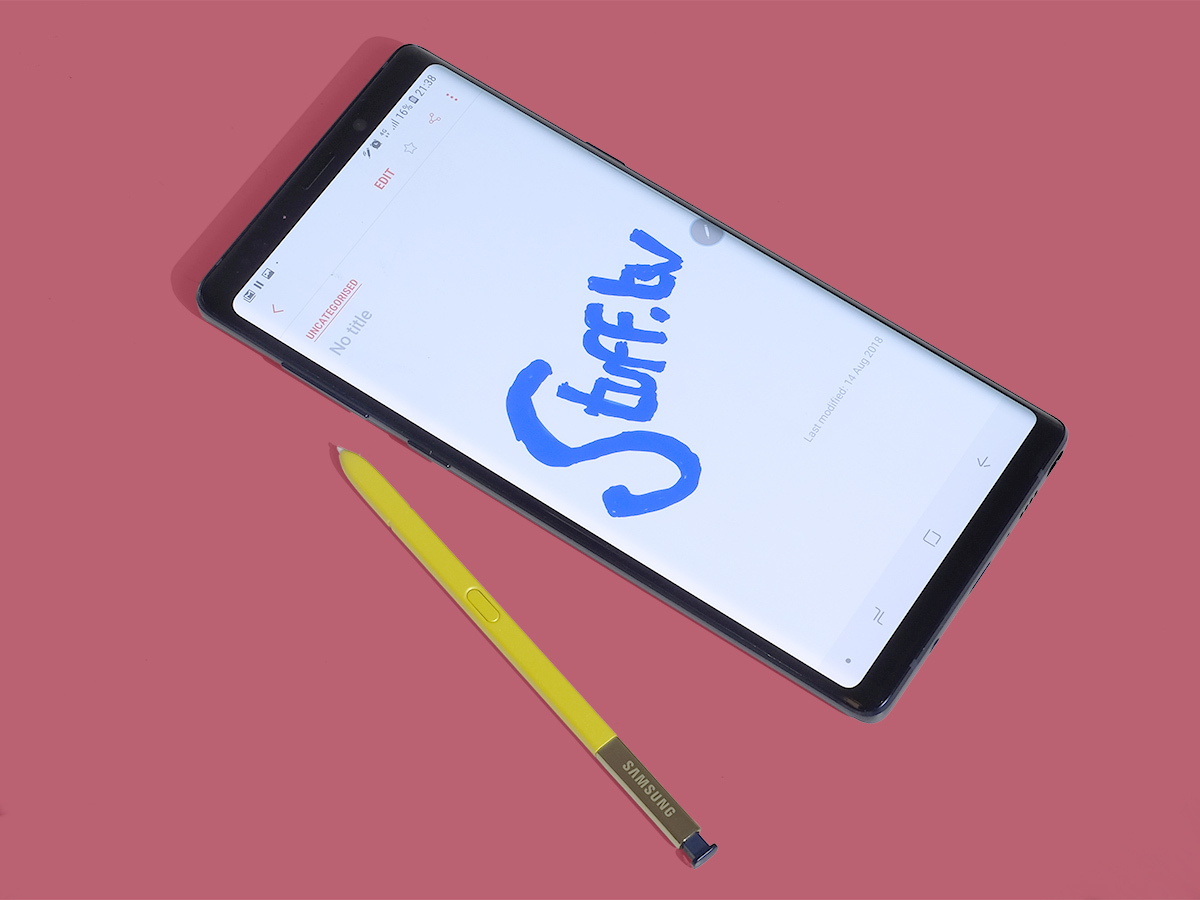
Whether you’re a doodler, note-jotter, or just prefer jabbing at your screen with a stylus instead of your finger, the S-Pen has always been the standout feature of the Note series.
It’s one of the big reasons to buy the Note over the S9+, but it could finally be the S-Pen we’ve wanted all along.
That’s because it’s got Bluetooth functionality, meaning it has extra uses at the click of a button.
Take the S-Pen further than an inch away from the screen and the Note 9’s stylus changes from a familiar pen to a Bluetooth controller.
A long press can launch the camera app, another press takes a photo or flips it to selfie mode. It can be used in Spotify, YouTube and podcast apps to control playback. It’ll even change slides on Microsoft PowerPoint (but, seriously, how many of you run a presentation from your phone? Really?).
Samsung is opening up the SDK to get more apps to make use of the tech, so expect more functionality to join in the coming months.
The S-Pen will last in Bluetooth mode for 30 minutes non-stop before it’ll require a charge. Thankfully, that only takes 40 seconds, by simply being slotted back into its holder.
Of course, the S-Pen can still be used passively for all the old bits you know and love. In fact, I reckon some of the S-Pen’s best bits are still the old classics, like being able to scribble notes on the screen without even pressing a button. Just whip the pen out and start scribbling.
Screen: biggest ever… just
The Note 9 is the largest Note yet. But don’t be bowled over by that claim too much, there’s only 0.1in in it.
That means it’s up to 6.4in from 6.3in, but every spec boast counts when you’re trying to improve on an already excellent phone.
And like every Note, ever, the Note 9 has a standard-setting display. A Super AMOLED screen with a 2960 x 1440 pixel resolution, it’s ultra-bright, rich, vivid, and curvy around the sides, just like a Galaxy S9+. It’s hard to beat for Netflix, YouTube or games, or even just making Android visible on a super-bright day.
Dig around in the settings and you can pick whether to make the colours more “Haribo" vivid or a bag Whole Foods oats natural too. All things considered, this is pretty much the best screen around.
It’s matched with some of the very best speakers too. Headphone king AKG has worked on these speakers, just as it did on the S9+. They’re loud, rich and smooth, and this time you get stereo sound rather than just a bottom-loaded single driver like older Samsung flagships.
We all use our phones for different stuff, but few phones can deliver a bit of Spotify funk and soul while you shower as well as the Note 9.
Software and Bixby: Hard sell
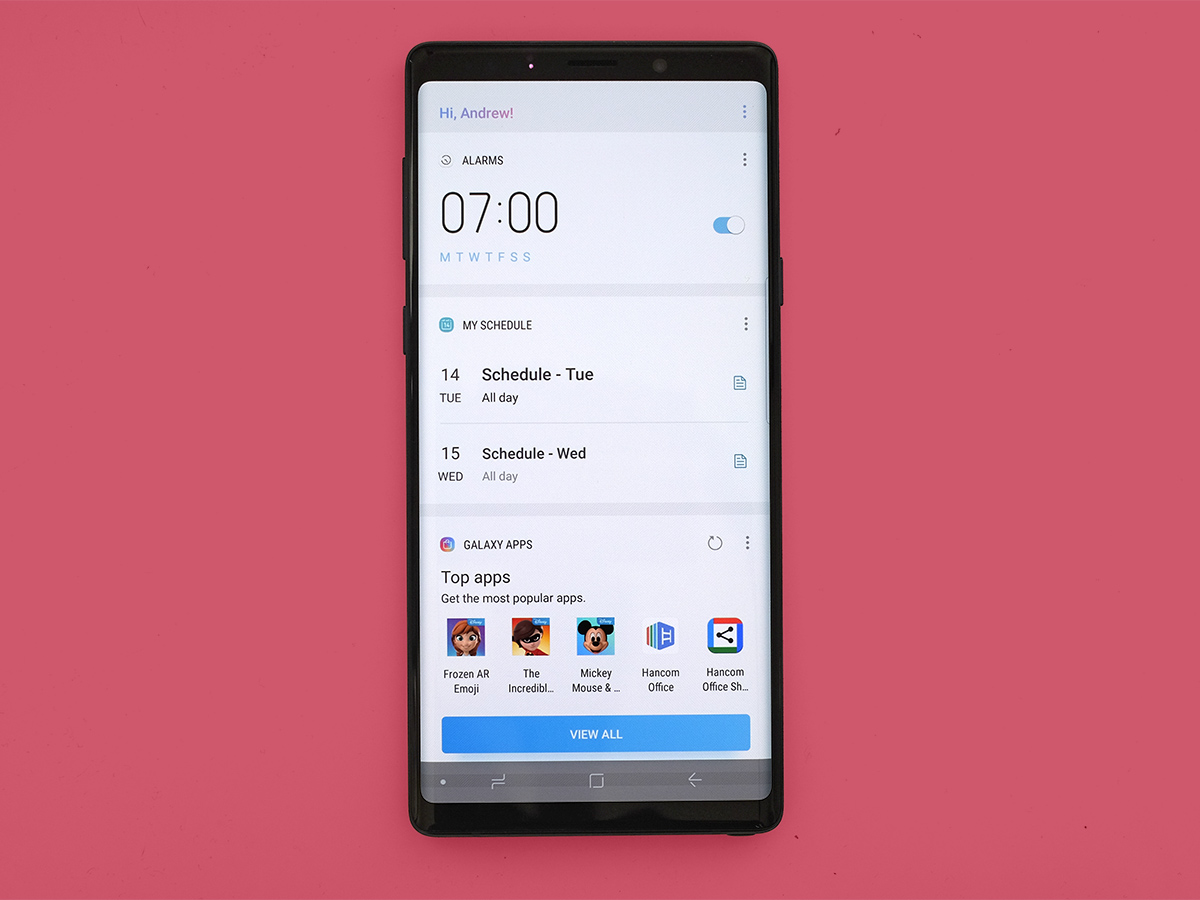
A few parts of the Galaxy Note 9 are guaranteed hits. Bixby is one that’ll divide the crowd a bit more.
This is Samsung’s alternative to Google Assistant, a floating digital AI that’ll wake you up every morning, but will never make you a cuppa. The Note 9 pushes Bixby pretty hard, with a dedicated button for it on the side.
Bixby can do some neat stuff like changing the mode in the camera app or switch the Note 9’s Do Not Disturb mode on and off. However, it’s just not as smooth or intelligent as the big names. And it most likely never will be. Amazon Alexa and Google Assistant won’t stand still any time in the next few years to give Samsung a chance of catching up.
You can always try to ignore Bixby if it doesn’t appeal, of course, but you can’t re-map the button on the Note 9’s side (though you can disable it).
Bixby also shows up in the top layer of the Note 9’s software, making it even harder to dodge if you aren’t a fan.
Bixby Home, for example, is a scrolling feed that sits a right swipe from the main home screen (though this can also be disabled if you wish), while you’ll also see Bixby pipe up in the camera app too, if you press the Bixby key by mistake.
The rest of the software, though, is standard Samsung fare- which although bold and bright, is probably less heavy handed with Android than you might think. To get around, you flick up and down on the home screen to skip between the apps section and your homescreens, with the apps area arranged in pages, not a vertical feed like most other phones.
Performance and features: plenty of Note
It seems almost pointless to say this about a £900-plus phone, but the Note 9’s performance is great. The phone has a 64-bit Samsung Exynos 9810 CPU under the hood in the UK, the same used by the Galaxy S9 and S9+, and which proves to be every bit as slick in use here as it is there.
Scores of 8964 in Geekbench 4 are sure to be beaten regularly in six months’ time when the next wave of phones arrive. But for now the Note 9 is among the most powerful phones in the world.
All your favourite games, like PUBG and Asphalt 9, work perfectly, not to mention look fantastic on that huge 6.4-inch mini cinema of a screen.
Samsung also says the Note 9 uses “carbon water” cooling to stop it getting too hot when you play Fortnite or PUBG for a few matches. This doesn’t entirely stop the phone from getting warm, but it does make sure it won’t get even close to overheating.
Samsung’ proprieatary chip is supported by either 6GB or 8GB RAM, and which you get is purely down to which model you choose – the entry-level 128GB one or the whopping 512GB version.
The fact that the Note 9’s storage starts at 128GB is pretty bonkers. What’s even crazier, is that both options come with expandable storage as well, up to another 512GB. Plump for the larger storage device and you could have up to 1TB of content in your pocket. That’s more than most laptops.
Speaking of which, you can actually use the Note 9 as a makeshift PC thanks to Samsung’s DeX functionality. It’s been featured in a few of the company’s devices to date, but the Note 9 makes it simpler to access and use than ever.
Instead of needing to faff around with a separate dock, you can simply connect the Note 9 to a display using any USB-C to HDMI adapter (Samsung is of course doing one of its own, but any will do).
This will then launch a more desktop-style version to your phone’s operating system – it won’t replace a laptop or PC in the long run, but it will give you a big second-screen experience for your phone when you need it.
Battery life: Could be better
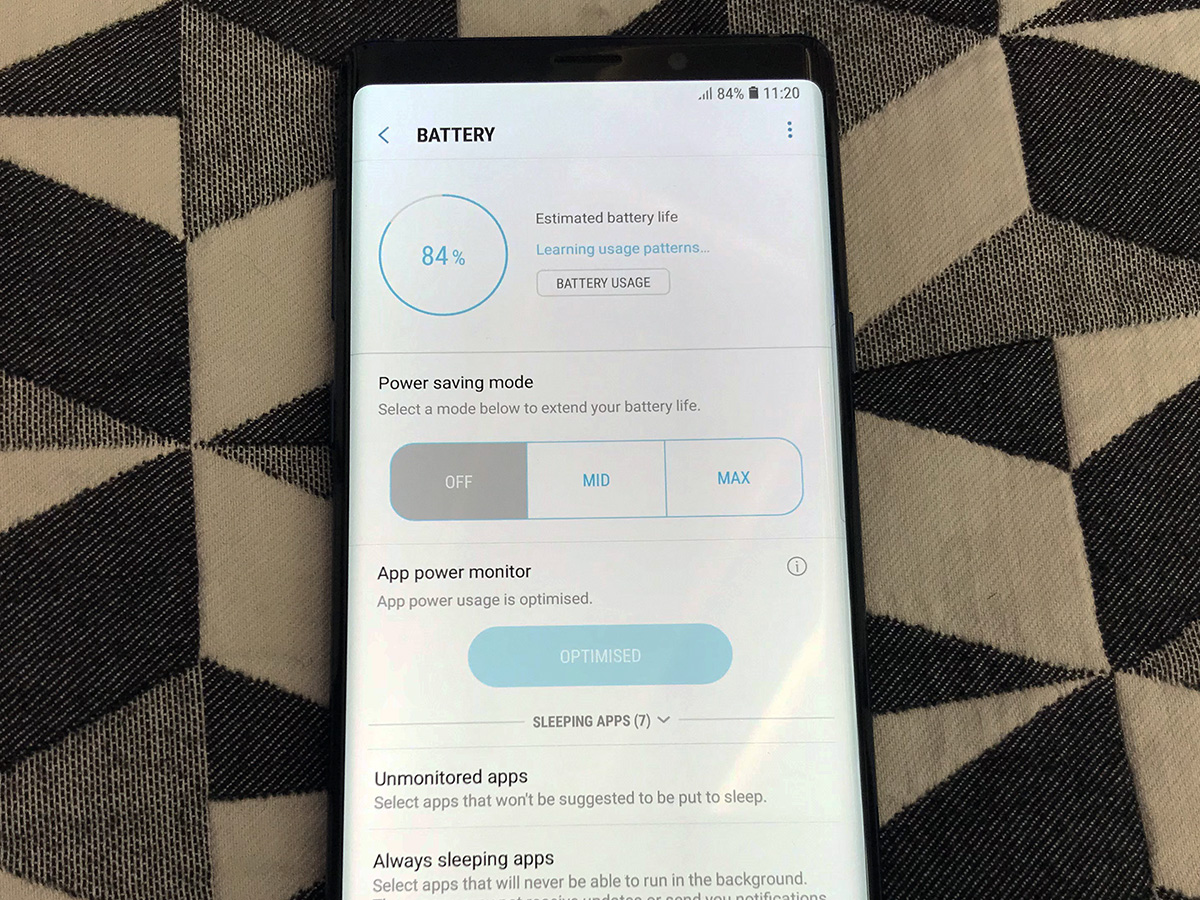
The Note 9 feels like a tightly run ship. But if there’s one disappointment it’s what is at the heart of efficiency in a phone: battery life.
Samsung is keen to bang on about how the Note 9 has the largest battery ever put into a Note mobile, a 4000mAh unit. It’s also one of the largest you’ll see in an ultra-popular mainstream phone.
However, for a capacity outlier, the Note 9’s actual longevity is quite ordinary. It lasts through ’til bedtime pretty much every day, including a few hours of podcasts streams. But with solid use it won’t even make it to 1.5 days, let alone two.
What happened? Samsung has some of the most efficient screens, and usually good power management, but the Huawei P20 Pro easily outlasts the Note 9 out in the real world.
There are, of course, fast charging and wireless charging features to soften the blow, but considering the Note 9’s promising power boasts, we can’t help but feel a little short changed.
Cameras: Déjà vu
The Note 9 borrows its camera setup from the excellent S9+… but that’s no bad thing.
That means the Note 9 has two 12-megapixel cameras on its back. One has a normal lens with variable aperture (f/1.5 and f/2.4), the other a 2x zoom one – plus there’s an 8MP f/1.7 selfie cam on the front.
It’s a roll-call of all the great stuff you want to see in a high-end phone. The variable aperture on the main camera allows the Note 9 to switch between the two depending on the light available in the shot, plus there’s lossless zooming, OIS so you can shoot at night without mushy results and pretty much impeccable overall image quality.
The Auto HDR works wonders, even night images look sharp and the Note 9 camera feels fast in just about all conditions. You can take great fake bokeh shots using the Live Focus mode, there’s a DSLR-a-like manual mode and you can shoot ultra-slo-mo video.
This is, for 2018 at least, a near-perfect phone camera. The Huawei P20 Pro can take better night shots still, but the Note 9 doesn’t have the same tendency to radically oversaturate colour thanks to supposedly smart AI.
Its smarts are about something else. You’ll be notified if you take a photo that is blurred. Or, as so often happens, if you capture the split second half your mates have their eyes closed in a group shot.
